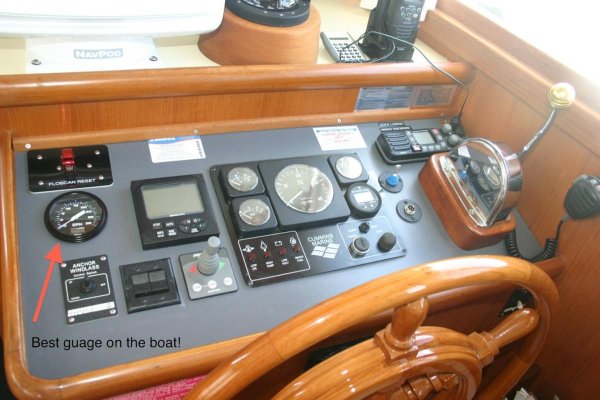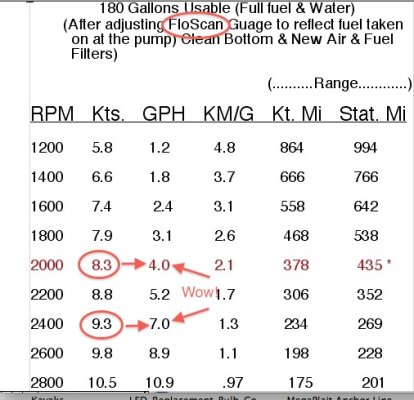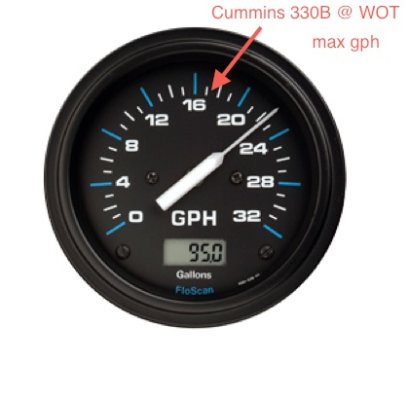lelievre12
Veteran Member
Am planning a NMEA2000 upgrade and first job is to get some basic tank and fuel flow monitoring.
I've looked at Floscan and Maretron but with twin diesels (mine are CAT 3306TA 315HP) you need 4 flow transducers (1 in and 1 out) and with Floscan you have bulky pulse flow regulators as well. Sheesh thats a lot of new hardware in the engine room.
I prefer this neater approach:
250 L/H Differential Fuel Flow Meter [Wired] FUEL-VIEW [DFM-250D] - $532.00 Both inlet and outlet are in the same sensor.
I was thinking to hook it directly up to a:
NoLand Engineering
Any experience of others in the fuel monitoring of legacy (non electronic) diesel engines will be welcome.
I've looked at Floscan and Maretron but with twin diesels (mine are CAT 3306TA 315HP) you need 4 flow transducers (1 in and 1 out) and with Floscan you have bulky pulse flow regulators as well. Sheesh thats a lot of new hardware in the engine room.
I prefer this neater approach:
250 L/H Differential Fuel Flow Meter [Wired] FUEL-VIEW [DFM-250D] - $532.00 Both inlet and outlet are in the same sensor.
I was thinking to hook it directly up to a:
NoLand Engineering
Any experience of others in the fuel monitoring of legacy (non electronic) diesel engines will be welcome.

 Besides if you start with an unknown of how much fuel is in the tanks, they will only tell you how much used, so you are still left with an unknown in the tank.
Besides if you start with an unknown of how much fuel is in the tanks, they will only tell you how much used, so you are still left with an unknown in the tank.  Why not use the technology available to supplement the visual and audible checks?
Why not use the technology available to supplement the visual and audible checks?





 Dah, I am aware of that break down!
Dah, I am aware of that break down! 

